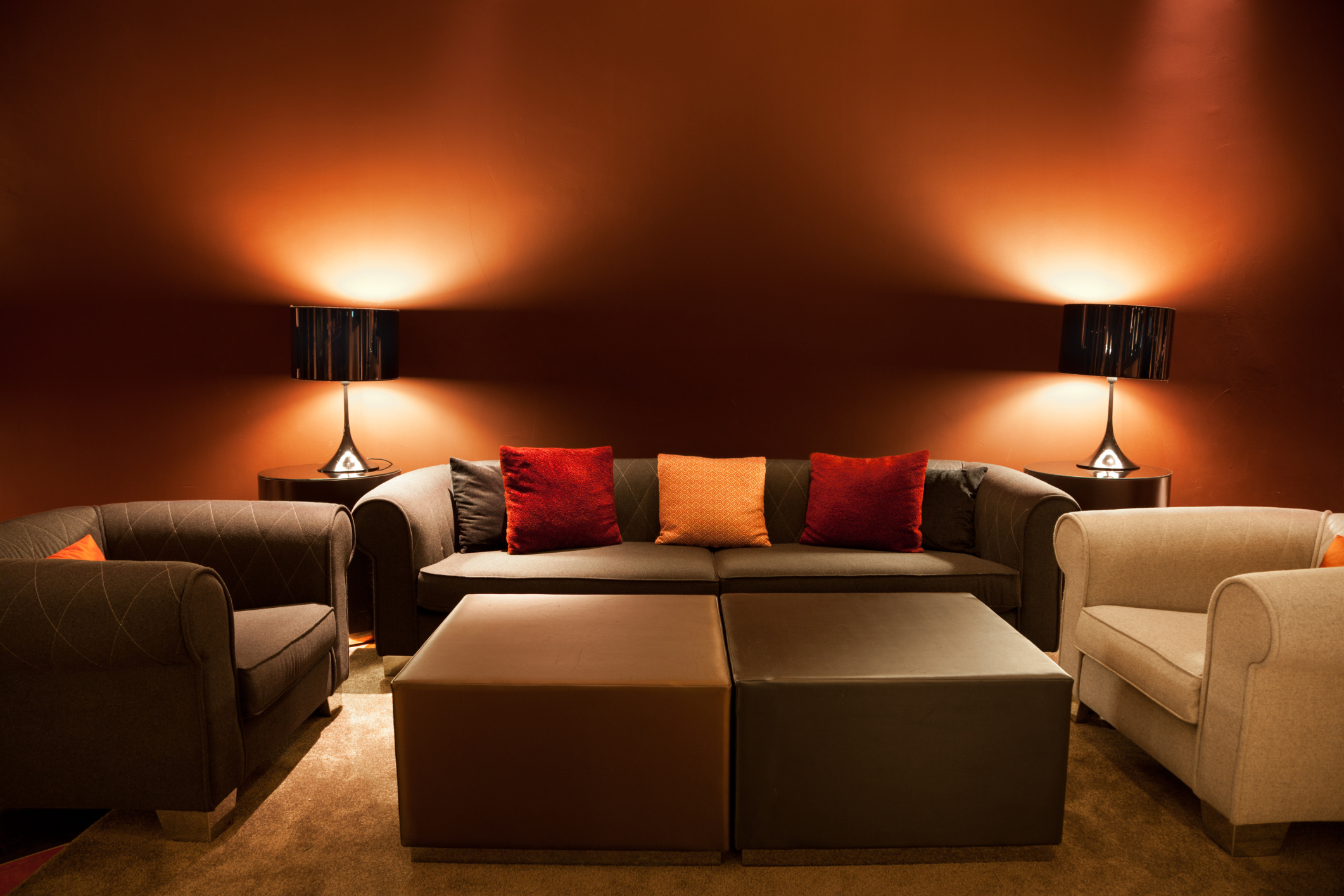Before beginning to plan your kitchen layout, it is important to have an accurate representation of the space. Grab a piece of graph paper and measure your kitchen’s walls, windows, doorways, and any other architectural features. Then, draw a scale model of your kitchen on the graph paper, using ¼ inch to represent 1 foot. This will give you an accurate view of the space and help you make the most of it.1. Use graph paper to represent the actual measurements of your kitchen.
The work triangle is the concept that the fridge, sink, and stove should form a triangular shape, with each side measuring between 4 and 9 feet. This layout ensures that these three essential elements are in close proximity to one another, minimizing unnecessary steps and making meal prep and cooking more efficient.2. Consider the work triangle.
When designing your kitchen layout, think about the placement of your appliances. For example, you may want to consider placing your dishwasher near the sink for easy cleanup, or your oven and fridge next to each other for easy access when cooking. It is also important to leave enough counter space near each appliance for prep work and storage.3. Choose your appliance placement wisely.
Counter space is essential in a kitchen, so make sure to use it wisely. Consider installing a kitchen island or peninsula to add extra counter space and storage. You can also make use of vertical space by installing shelves or hanging racks for pots, pans, and other cooking utensils.4. Optimize counter space.
Having enough storage in your kitchen is crucial in keeping it clutter-free and organized. Think about the size and number of cabinets you will need, as well as the placement of shelves and drawers. Consider utilizing vertical wall space for storage and incorporating tall cabinets that can hold more items.5. Plan for storage.
Lighting is a key element in any kitchen, not only for practical reasons but also for creating a certain ambiance. Consider using a mix of overhead lighting, task lighting, and accent lighting to create a well-lit and inviting space. Also, don’t forget to utilize natural lighting by incorporating large windows or skylights if possible.6. Think about lighting.
The backsplash is not only a functional element in a kitchen, but it also adds to the overall look and feel of the space. Choose a material and design that complements your countertops and cabinets, and also consider its durability and ease of maintenance. A well-chosen backsplash can add a pop of color and personality to your kitchen.7. Don't forget about the backsplash.
When designing your kitchen layout, it is important to account for traffic flow. Make sure there is enough space between cabinets, appliances, and furniture for people to move around comfortably. Avoid placing any obstacles in the main paths of movement to prevent congestion and create a smoother flow.8. Make sure there is enough room for traffic flow.
Your kitchen is not just a functional space, but also a reflection of your personal style. When planning your layout, think about the overall aesthetic you want to achieve. Choose a color scheme and materials that complement each other and create a cohesive look. Also, consider incorporating personal touches such as decorative accessories or artwork to add character to your space.9. Consider the overall aesthetic.
Once you have your layout planned out, it is important to be open to making adjustments as needed. As you start using your kitchen, you may realize that certain elements are not working as well as you had hoped. Don’t be afraid to make changes and adjustments to improve the functionality and flow of your kitchen. In conclusion, designing a kitchen layout that works for you requires careful planning and consideration. By utilizing these 10 tips and considering the needs and preferences of you and your family, you can create a beautiful and functional kitchen that you will love spending time in.10. Adjust as needed.
Planning your kitchen design: Steps and Tips to Create Your Dream Kitchen

The Importance of Kitchen Design

The kitchen is often referred to as the heart of the home. It is where meals are prepared, memories are made, and families gather to spend quality time together. This is why kitchen design is an incredibly important aspect of any house design . Your kitchen should be both functional and visually appealing, catering to your personal needs and style. A well-designed kitchen can not only enhance the overall look and feel of your home, but it can also add value to your property. In this article, we will discuss the steps and tips you need to know to create your dream kitchen.
Step 1: Define Your Kitchen Space

Before you start laying out your kitchen design , it is important to define your kitchen space. Consider the size and shape of your kitchen and how much space you have to work with. This will help determine the layout and design elements to incorporate into your kitchen. If you have a small kitchen, you may need to be more creative with storage solutions and efficient use of space. On the other hand, if you have a larger kitchen, you may have more flexibility to incorporate additional features and appliances.
Step 2: Consider Your Needs and Lifestyle

Your kitchen design should cater to your individual needs and lifestyle. Consider how you will be using your kitchen on a daily basis. Do you cook often? Do you entertain frequently? This will help determine the functionality of your kitchen and what features and appliances are essential for your needs. For example, if you love to cook, you may want a larger oven and plenty of counter space for meal preparation.
Step 3: Choose a Kitchen Theme and Style

The style and theme you choose for your kitchen should reflect your personal taste and the overall aesthetic of your home. This could range from modern and sleek to rustic and cozy. The key here is to choose a theme and stick with it throughout the design process. This will ensure a cohesive and visually appealing end result.
Step 4: Select Quality Materials and Finishes

When it comes to kitchen design , quality materials and finishes are key. They not only add durability and longevity to your kitchen, but they also enhance the overall look and feel. Granite , marble , and quartz are popular choices for kitchen countertops, while hardwood and tile are commonly used for flooring. It is important to choose materials that not only fit your budget but also complement your chosen style and theme.
Step 5: Work with a Professional Designer

While there are plenty of DIY resources available for kitchen design, it is always beneficial to work with a professional designer. They have the knowledge and expertise to help bring your vision to life, while also ensuring the functionality and practicality of your kitchen design. They can also assist with choosing the right materials, layouts, and finishes to create your dream kitchen.
In conclusion, kitchen design is a crucial part of any house design . By following these steps and tips, you can create a functional and visually stunning kitchen that meets your personal needs and reflects your individual style. Remember to define your space, consider your needs and lifestyle, choose a theme and style, select quality materials and finishes, and work with a professional designer to bring your dream kitchen to life.






































































































